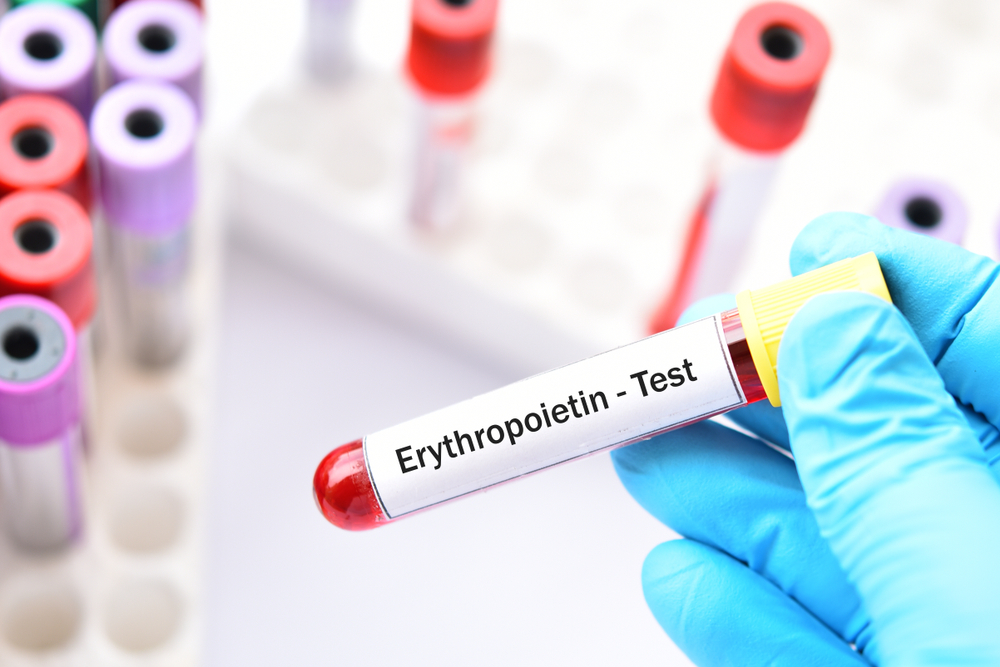DIAGNOSIS
For polycythemia, one must immediately consult a physician upon recognition of symptoms. This disease can be diagnosed through blood tests to check the blood’s red blood cell count and the amount of space the red blood cells take upon the blood, also known as the hematocrit level. High accumulation of red blood cells may mean that you have polycythemia.
Since this condition is sometimes only found out during a regular blood test for other purposes, the physician may recommend you see a hematologist confirm the diagnosis through various trials and determine the underlying cause. Such tests may include another blood test for the changed JAK2 gene and an ultrasound scan of the abdomen to assess the kidneys.
To diagnose anemia, the physician may ask about the patient’s medical and family history, conduct a physical exam, and administer various tests such as:
- CBC or complete blood count to determine the number of red blood cells and hemoglobin in the blood
- A test to identify the size and shape of the red blood cells
Upon coming up with the anemia diagnosis, the doctor may suggest conducting additional tests like studying a sample of the patient’s bone marrow.
TREATMENT
Treatment for polycythemia are as follow:
It is a process of removing blood to reduce the number of red blood cells.
Some medicines may be prescribed to slow down red blood cells’ production and prevent blood clots.
While for anemia, the treatment depends on the diagnosis and severity of the condition. Some diagnoses and treatments may include supplements and medications for iron or vitamin deficiency anemia, blood transfusions, chemotherapy, and spleen removal for other types of anemia.


